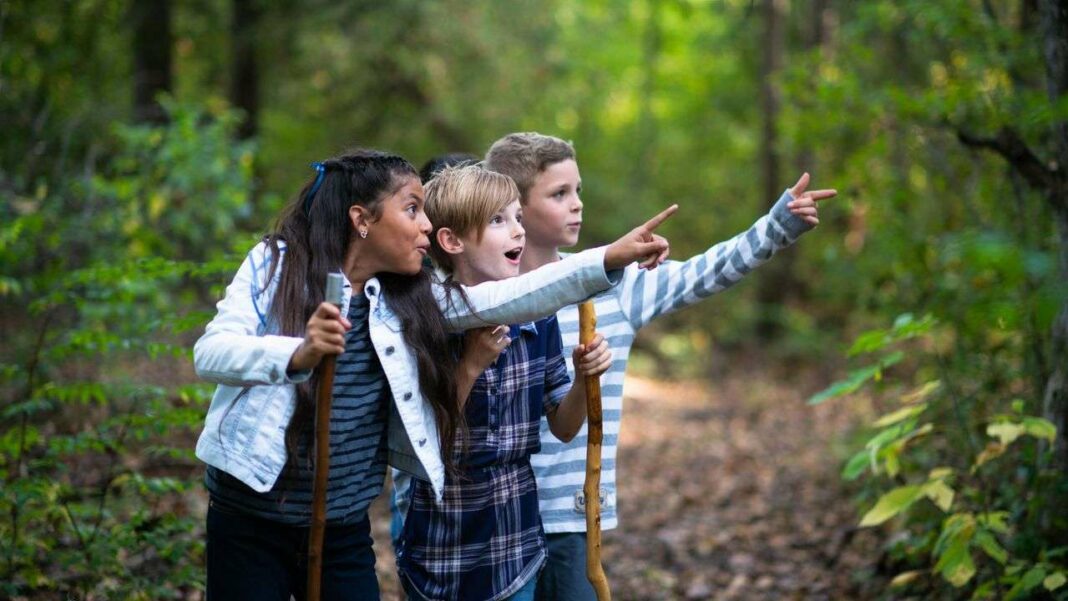A 2023 study in the *Journal of Pediatrics* reveals a decline in children’s well-being linked to reduced outdoor autonomy in the U.S., attributed to safety concerns. In contrast, the Netherlands practices ‘dropping,’ where children navigate back from natural settings independently, fostering skills like self-confidence and teamwork. While some question its safety, proponents highlight its cultural significance and positive outcomes, contributing to high life satisfaction rates among Dutch youth, as noted in a UNICEF report.
In today’s world, activities like playing outside alone, biking without adult supervision, or visiting the park independently are becoming increasingly scarce. A recent American study, published in 2023 in the Journal of Pediatrics, highlights how the decline in children’s overall well-being since the 1960s correlates with a significant reduction in their autonomy during outdoor play. This is largely attributed to growing concerns surrounding road safety and crime. In stark contrast, the Netherlands embraces a practice known as ‘dropping’ to cultivate resourcefulness among children. But what exactly does this entail?
Understanding the Concept of ‘Dropping’ in Nature
‘Dropping,’ often associated with Scouts, has evolved and is now a common practice in schools, starting from late primary education. Educators often drop students in natural settings at night, encouraging them to navigate their way back without adult assistance.
At first glance, the idea of allowing children to wander in the woods might appear distressing. However, this method is a significant aspect of upbringing for many Dutch children, as noted by the New York Times. The publication also mentions variations of ‘dropping’ that may take inspiration from military exercises, including blindfolding children on the way to the dropping location to disorient them.
Pia de Jong, a Dutch novelist, acknowledges the prevalent nature of ‘dropping’ in her childhood but questions its appropriateness. “I don’t think it’s a good thing to do to children, actually,” she shares.
The Positive Aspects of ‘Dropping’
In an article for Slate, Thomas Postma, a professor and Scout leader, provides a more favorable perspective on ‘dropping.’ He asserts that it is not merely a carefree game but an experience that fosters essential skills, such as direction sense and self-confidence.
Postma clarifies that these activities are carefully supervised, ensuring that children do not venture into dangerous areas. Unlike the forests in France, the woods in the Netherlands are marked and safe. To mitigate potential issues such as peer exclusion or inappropriate behavior, designated adults are assigned to oversee the activities. Each child is equipped with a GPS device for orientation and a phone for emergency contact.
Despite the challenges that may arise, including fear and fatigue, children learn resilience as they strive to find their way. This practice encourages autonomy by fostering teamwork, as they must work together to ensure nobody gets left behind.
A Cultural Tradition in the Netherlands
‘Dropping’ is deeply embedded in Dutch culture. As reported by the New York Times, the Dutch approach to parenting diverges from conventional methods that prioritize protecting children excessively. Instead, the Netherlands emphasizes empowering children from a young age, which has proven beneficial for their well-being.
According to a UNICEF report released in 2022, the Netherlands ranks among the top countries for children’s well-being in affluent nations, with an impressive 95% of young Dutch individuals expressing high life satisfaction.
